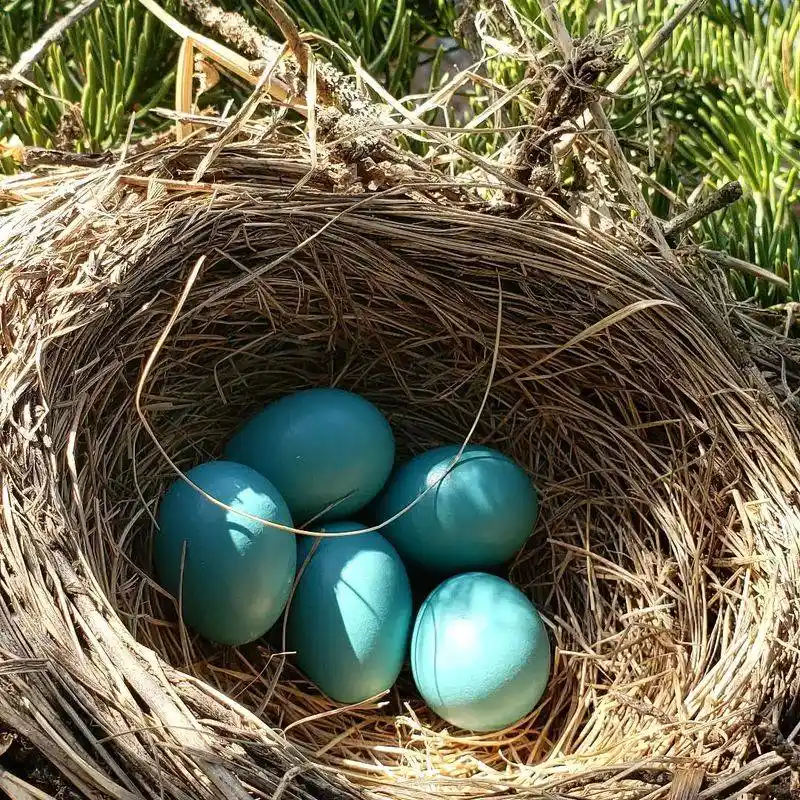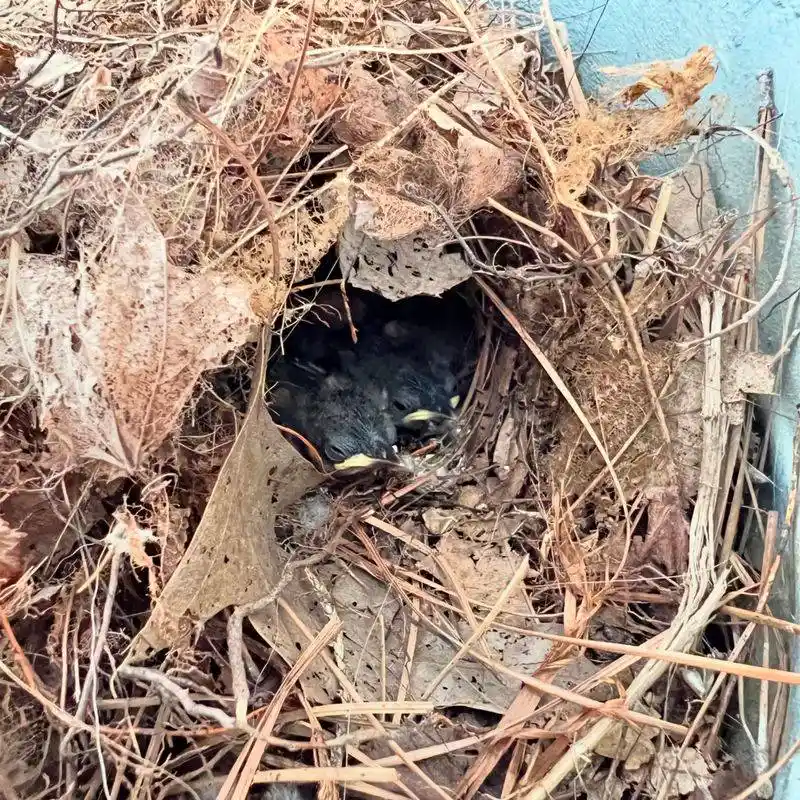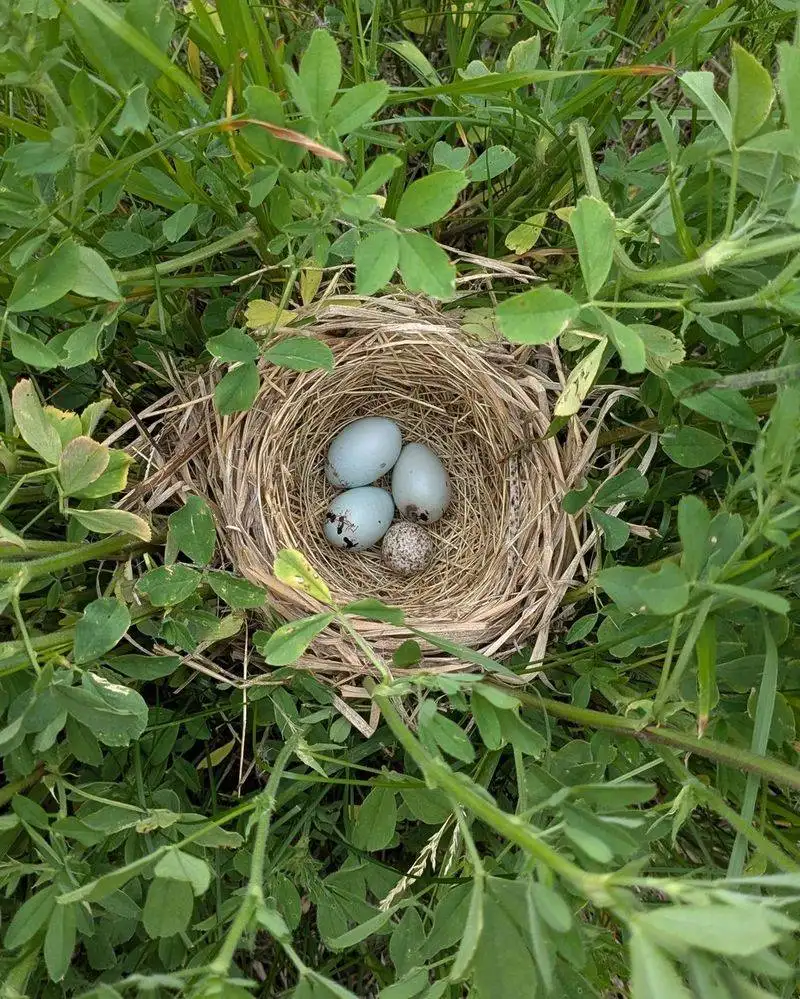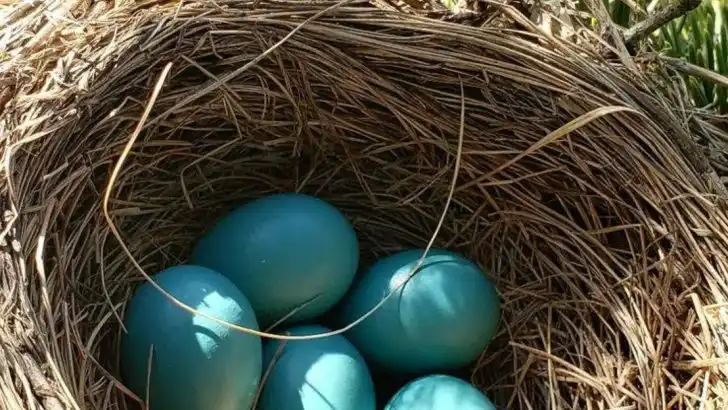You may think birds just pick cozy spots at random—but their nesting choices are often highly specific, and surprisingly revealing. The species that build in your garden can tell you a lot about your soil health, moisture levels, and even the temperature stability of your microclimate.
From the ground-nesting blackbirds to the presence of swallows or wrens, each bird has its own preferences. Some thrive in insect-rich, undisturbed soils, while others indicate dry, compacted ground or areas with good airflow and protection.
In this article, we’ll explore how to decode these quiet avian clues—so you can use bird behavior to better understand your growing conditions and even fine-tune your planting strategy with nature’s own feedback system.
Robin’s Cozy Retreat

Hidden among the branches, a robin’s nest often signals fertile soil. These birds are drawn to gardens rich in earthworms, their primary food source, indicating healthy, well-aerated soil. If you spot a robin’s nest, rejoice, for your garden likely boasts a thriving ecosystem.
Robins prefer open lawn spaces for hunting, which suggests good drainage and balanced moisture levels. Their presence is a testament to the garden’s vitality, supporting a rich biodiversity.
Fun fact: Robins have been known to return to the same garden year after year, loyal to their nesting grounds.
Wren’s Hidden Haven

With its knack for nesting in unusual spots, the wren offers clues about your garden’s seclusion and shelter. These tiny birds favor spaces that provide protection from predators, often nestled in dense foliage.
The presence of wrens hints at a garden that offers peace and quiet, away from bustling urban noise. Their nests, crafted from moss and twigs, reflect an abundance of natural materials, indicating a garden rich in organic matter.
Did you know? Wrens are known for their spirited singing, adding music to your garden’s serenity.
Swallow’s Aerial Abode

Swallows, with their swooping flights and mud nests, tell a story of a garden’s proximity to water sources. Their nests, often found under eaves, are crafted with precision, using wet soil, which indicates nearby water bodies.
A swallow’s presence suggests a balanced microclimate with accessible water, necessary for both the birds and your plants. Their aerial acrobatics also keep insect populations in check, acting as natural pest control.
Interesting tidbit: Swallows are migratory, making their nesting patterns a seasonal garden spectacle.
Sparrow’s Communal Home

Spotting a sparrow’s nest means your garden is a hub of activity. These social birds thrive in areas with abundant seeds and insects, hinting at a well-balanced ecosystem.
Sparrows often build in groups, so a tree filled with their nests suggests a garden that’s inclusive and welcoming. Their communal lifestyle mirrors a garden teeming with life and diversity.
Fun insight: Sparrows have adapted to urban settings, indicating that your garden bridges the gap between nature and city life.
Blackbird’s Melodic Sanctuary

The blackbird, with its rich song, chooses gardens that offer ample cover and food sources. A nest tucked away in a bush points to an environment with plenty of berries and insects.
Blackbirds are particular about their habitat, preferring spaces that cater to their dietary needs with berry bushes and insects. Their presence indicates a garden that is not only nourishing but also harmonious.
Did you know? Blackbirds have a varied diet, often changing their menu with the seasons, reflecting the garden’s seasonal bounty.

